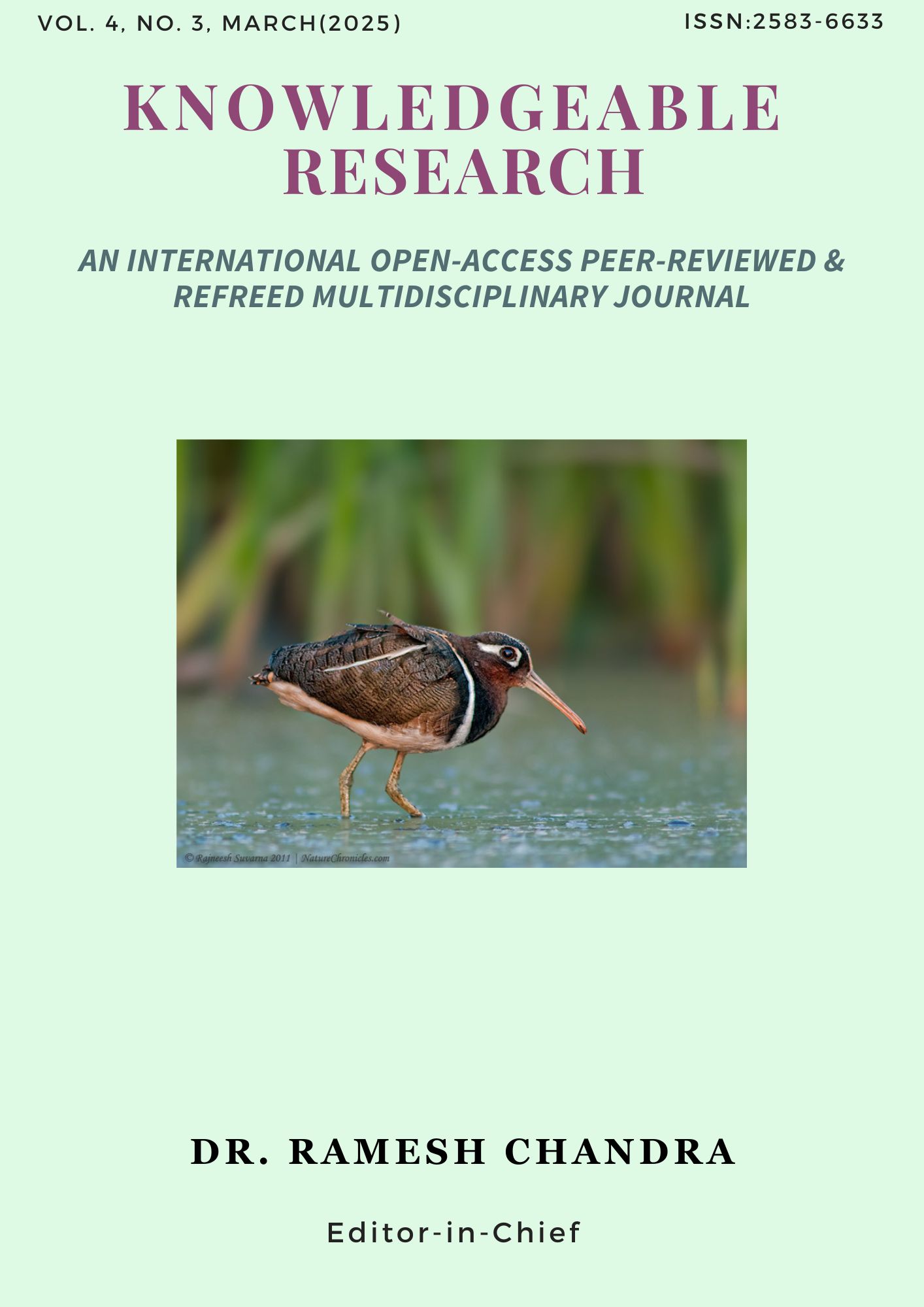Status of Education in India: Gender Gap and Trend from 1951
Main Article Content
Abstract
The state of education determines a nation's socio-economic prosperity and establishes the foundation for its future. Education plays a vital role in the development of countries worldwide. It has twofold effect. The first is to develop the person and the second is to play a significant role in fostering a country. The present paper tries to analyze the educational status in India and find the gender-wise trend in literacy rate in India since 1951. It has also an attempt to capture gender discrimination in education in India. Gender inequality in education remains a persistent issue in Indian society, particularly for girls from rural areas and disadvantaged socioeconomic backgrounds. This paper examines gender discrimination in education in India by utilizing secondary data from sources such as the census, various rounds of the Women and Men in India report, and the World Population Review, among others. Literacy rates serve as a key indicator of a country's educational status. So, literacy rate is used as an indicator of education. The paper founds that gender discrimination in education persists in India since 1951 and gradually reducing over the period of time.
Downloads
Article Details
Section

This work is licensed under a Creative Commons Attribution-NonCommercial 4.0 International License.

